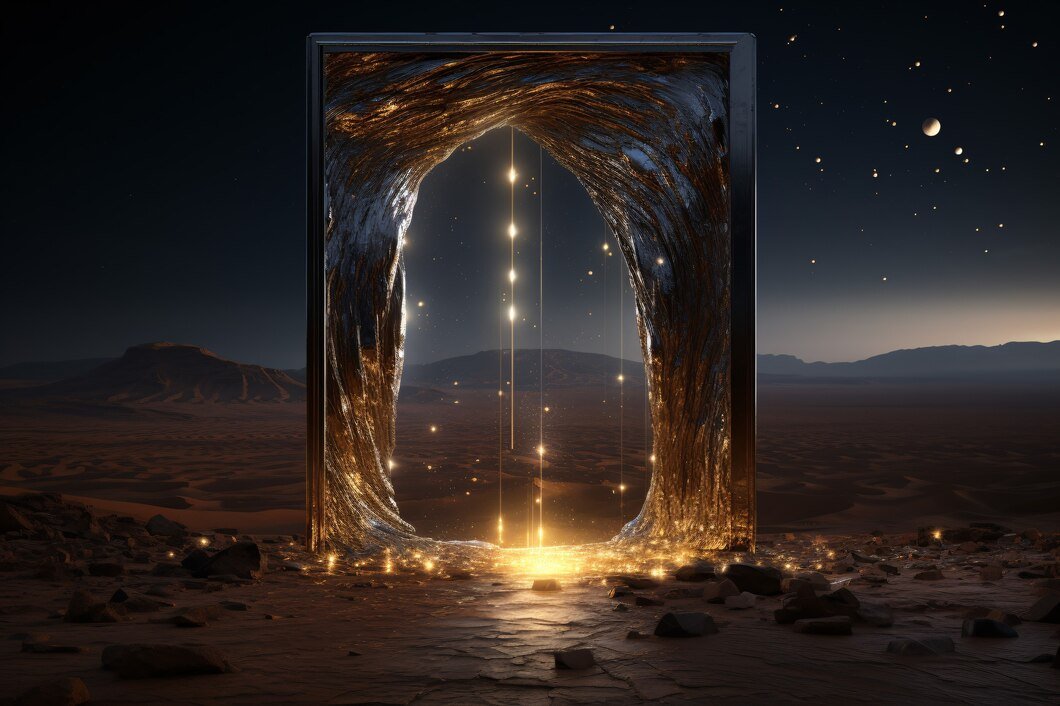Introduction: Why Ancient Artz Still Matter Today
Imagine stepping into a world where stories were told not with words, but through colors, carvings, and symbols etched in stone. That’s the magic of ancient artz. These masterpieces, created thousands of years ago, give us a window into the lives, beliefs, and dreams of people from long ago. But why should we care about them today?
Well, ancient artz isn’t just about dusty old relics in museums. They tell us who we are, where we came from, and even shape how we see the world today. Whether it’s the intricate patterns on an Egyptian tomb or the vibrant cave paintings in France, ancient art speaks a universal language that still resonates with us.
In this blog, we’ll dive into the world of ancient artz, exploring its history, significance, and how it continues to inspire modern art and culture. Ready to travel back in time? Let’s go!
What Exactly Is Ancient Artz?
Ancient artz refers to the visual creations made by early civilizations. This includes everything from simple cave paintings and pottery to grand sculptures and monumental architecture. These works were often more than just decoration—they told stories, represented beliefs, and even served as tools in religious or social rituals.
Key Forms of Ancient Artz Include:
- Cave Paintings: The oldest known form of human expression, often found in deep, dark caves.
- Sculptures: From small figurines to giant statues like Egypt’s Sphinx.
- Pottery and Ceramics: Used in daily life and often beautifully decorated.
- Architecture: Think of the Pyramids of Giza or the temples of ancient Greece.
A Quick Tour Through Ancient Artz Across the World
Let’s take a quick trip around the world to see how ancient artz flourished in different cultures.
1. Prehistoric Cave Paintings
One of the earliest forms of ancient artz can be found in caves like Lascaux in France and Altamira in Spain. These paintings, some over 20,000 years old, depict animals, human figures, and mysterious symbols. They’re like ancient comic books, telling stories of hunting adventures and spiritual beliefs.
2. Egyptian Art: Life After Death
The ancient Egyptians were masters of artz that celebrated life—and the afterlife. Hieroglyphics, statues of pharaohs, and detailed tomb paintings weren’t just beautiful—they had deep spiritual meanings. The famous Pyramids of Giza and the golden Mask of Tutankhamun are perfect examples.
3. Greek and Roman Art: The Birth of Beauty
The Greeks introduced the idea of ideal beauty through their sculptures, like the famous Venus de Milo. The Romans took this and added their flair, focusing on realistic portraits and grand architectural feats like the Colosseum.
4. Asian Influence: Harmony and Nature
In ancient China and Japan, artz reflected harmony with nature. Delicate ink paintings, intricate ceramics, and stunning bronze work tell stories of dynasties and philosophies like Confucianism and Buddhism.
Why Is Ancient Artz Still Important?
You might be wondering—why should we care about ancient artz when we have digital art, memes, and AI-generated masterpieces today? Good question!
Here’s why ancient art still matters:
- It Tells Our Story: Without ancient art, we wouldn’t know much about early human life, culture, or history.
- It Inspires Modern Art: Many modern artists draw inspiration from ancient styles and techniques.
- It Connects Us: No matter where you’re from, ancient art reminds us of our shared human journey.
- It’s Just Plain Cool: Who doesn’t find ancient mysteries fascinating?
Fun Facts About Ancient Artz You Might Not Know
- Some ancient Egyptian tombs have paintings so bright, they look like they were painted yesterday!
- The Nazca Lines in Peru are giant geoglyphs only fully visible from the sky, and no one knows exactly why they were made.
Conclusion:
Ancient artz isn’t just about old paintings and dusty sculptures—it’s a living, breathing record of humanity’s earliest stories and dreams. From the caves of France to the pyramids of Egypt, these timeless works continue to inspire, educate, and connect us across time and space.
So next time you see a piece of ancient art, take a moment to appreciate the hands that made it thousands of years ago. After all, it’s not just art—it’s history, culture, and a reflection of what it means to be human.
FAQs
1. What is the oldest form of ancient artz?
The oldest known form of ancient artz is cave paintings, dating back over 30,000 years.
2. Why did ancient people create art?
Ancient art served many purposes: storytelling, religious rituals, recording important events, and even as a way to communicate with future generations.
3. How does ancient art influence modern art?
Many modern artists borrow techniques, styles, and themes from ancient artz.
4. Where can I see ancient artz today?
You can see ancient art in museums like the Louvre in Paris, the British Museum in London, and the Metropolitan Museum of Art in New York. Some ancient sites, like the Pyramids of Giza, can be visited in person!
5. What materials did ancient artists use?
Ancient artists used natural materials like clay, stone, wood, and pigments from plants and minerals to create their works.
6. Are there still undiscovered ancient artworks?
Absolutely! Archaeologists are still uncovering new pieces of ancient artz in places like Egypt, South America, and even underwater ruins.

